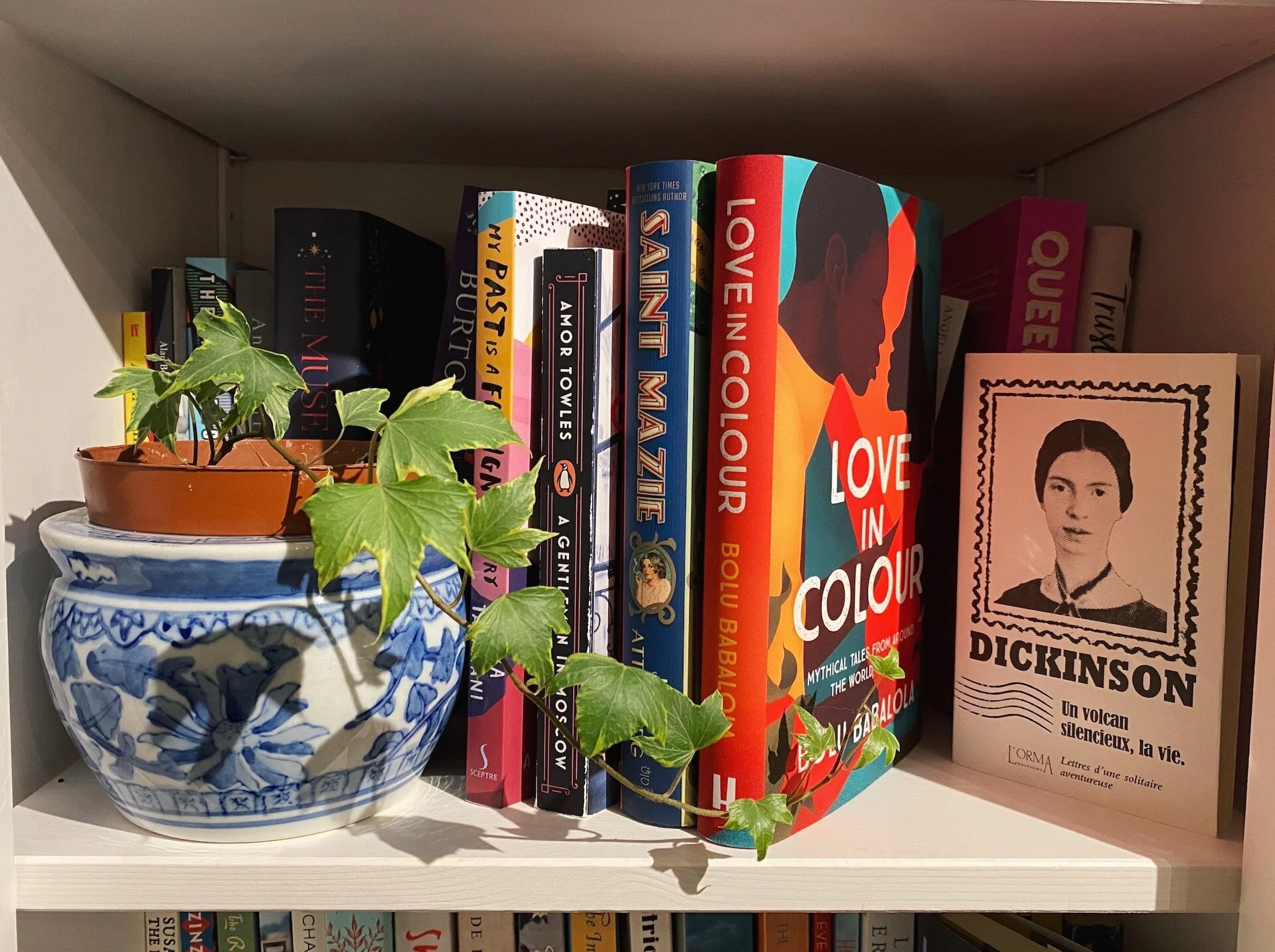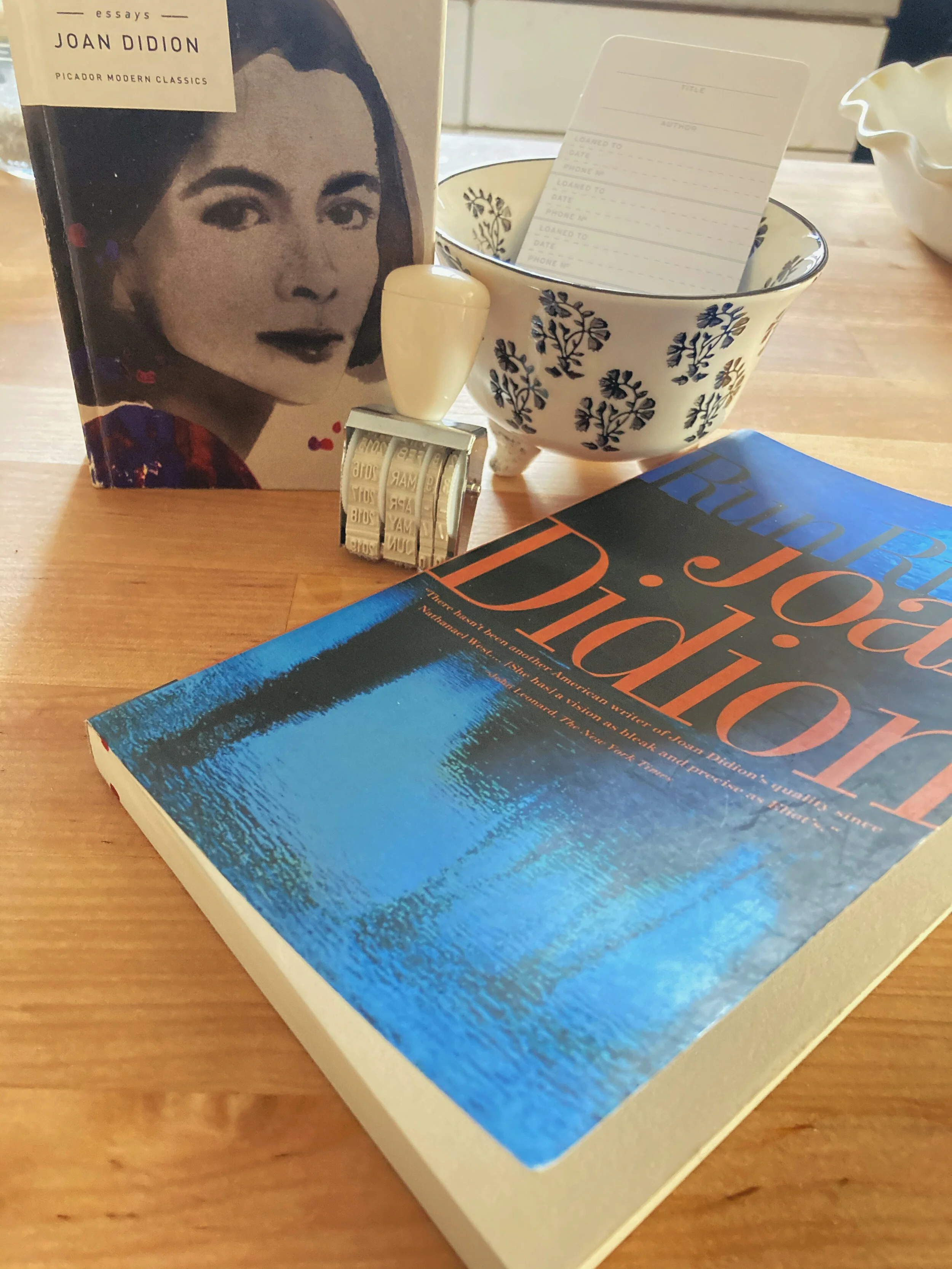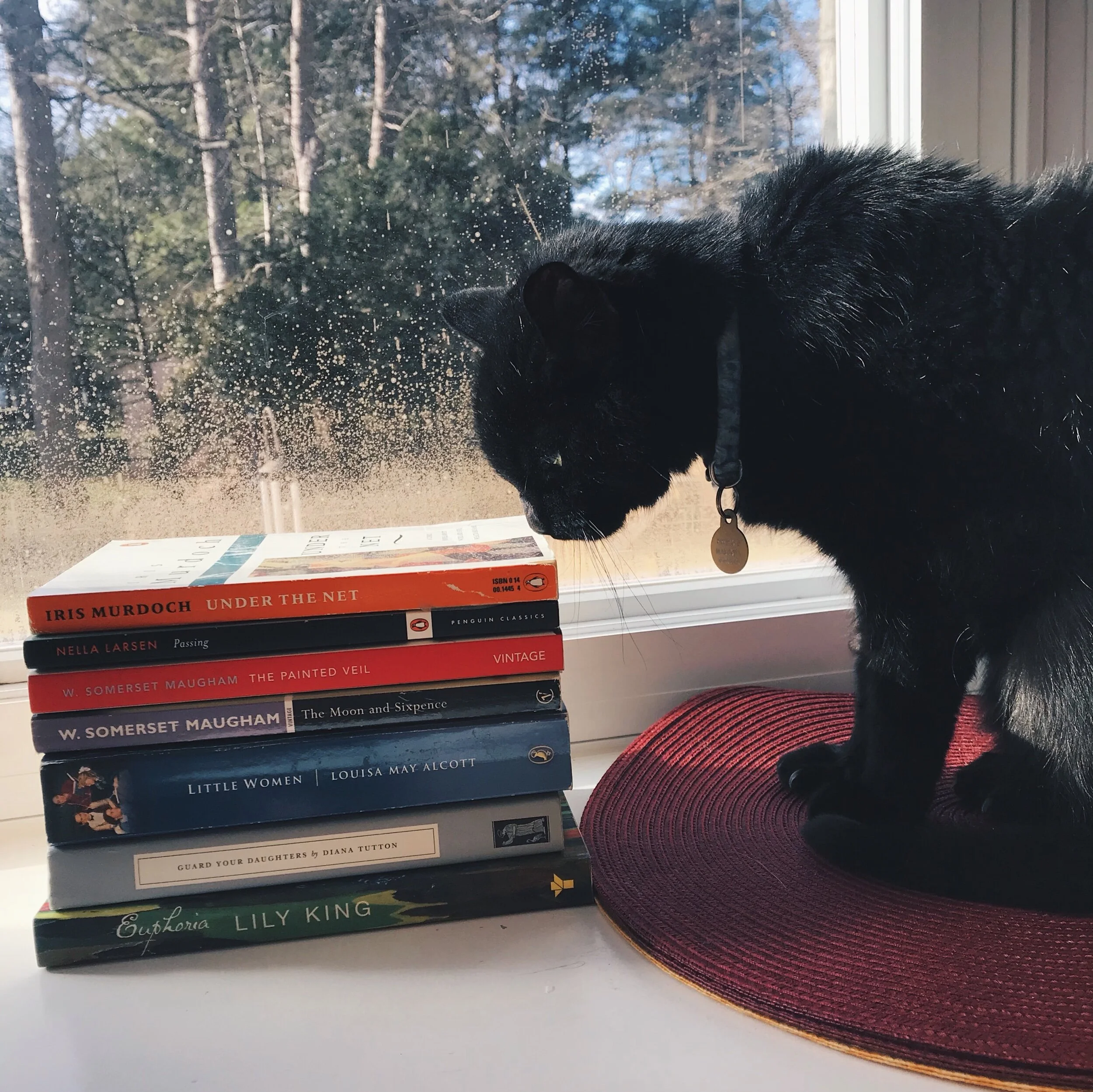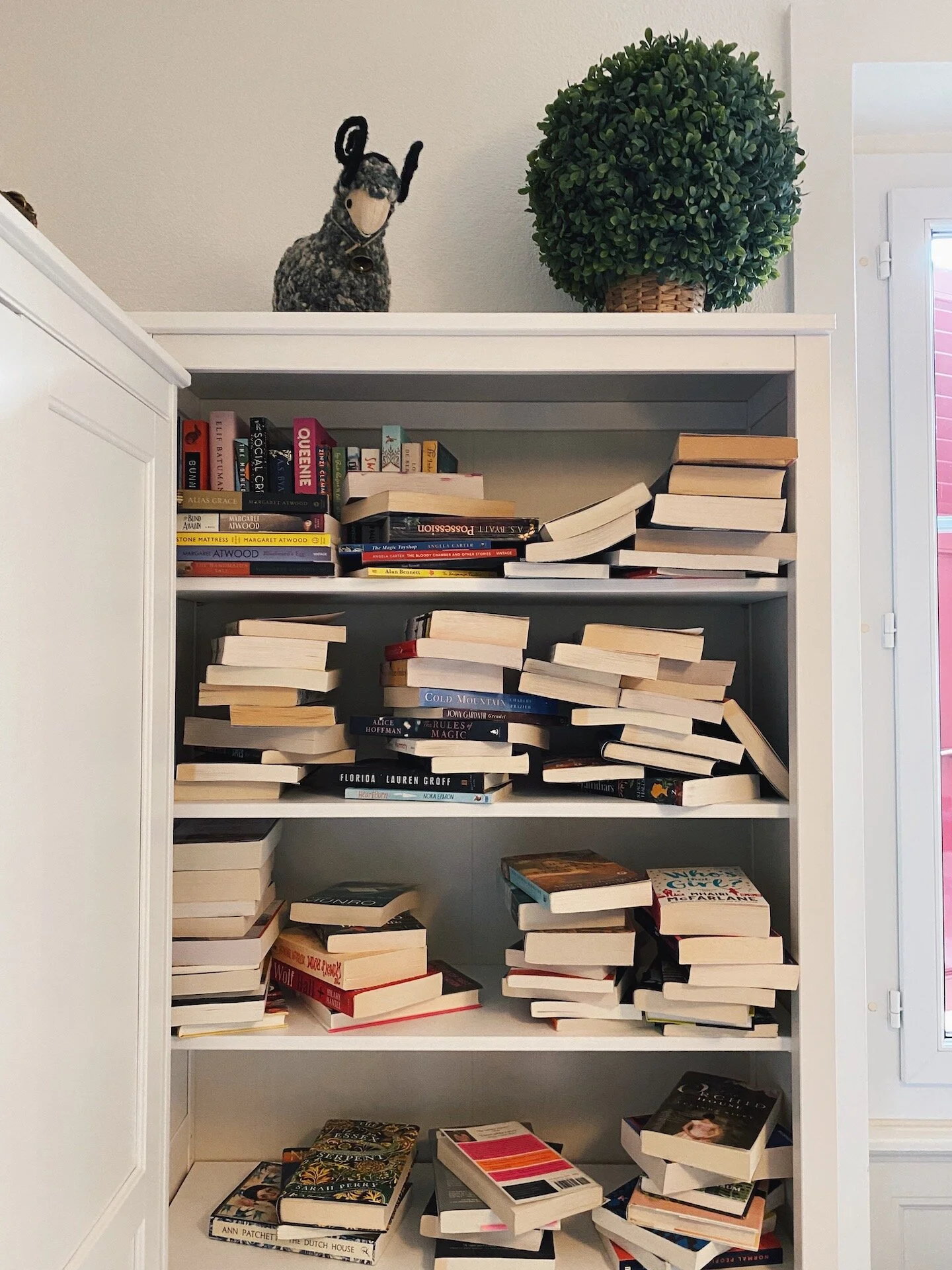What We're Reading, Vol. 20
“Reading, for me, is typically feast or famine.”
This past month has been one for the books, in every sense of the word. With a global pandemic bringing on an almost-global shutdown, we’ve been mostly confined to our homes – at least, as much as possible. For some of us, that’s meant turning to comforting things to soothe ourselves as much as possible. For some, that’s meant being unable to focus on reading – preferring instead to focus on our screens. For others, however, it’s meant sinking into a beautiful world of books, old and new. When I reached out to our writers to put this month’s “What We’re Reading” together, I knew that I hadn’t read a single book over the past thirty days, unable to engage in one of my favorite activities. Luckily though, that hasn’t been the case for us all, and reading has remained a comforting escape to many. As such, we’re not limiting this month’s edition of “What We’re Reading” running a first volume last week and a second today.
Without further ado, here’s part two of what we’re reading this month…
Rachel Tay
Since the shortlist for this year’s International Booker Prize was announced earlier this month, I’ve been reading my way through the nominated titles in hopes that I’ll be able to cover them all before the winner is announced on the 19th of May. In so doing, it looks, too, as if I’ve incidentally set myself an objective that keeps my reading momentum afloat throughout these disquieting times. Certainly, it also doesn’t hurt that the novels I’ve encountered so far are as fascinating as they are experimental — without giving too much away, these texts, I believe, can all be said to absorb one into the unique folds of their logic. In The Discomfort of Evening, for instance, Marieke Lucas Rijneveld situates us within an overactive imagination of a rural child — one brought up amidst the bewildering, adult structures of religion, sex, and death. Meanwhile, in The Memory Police, Yoko Ogawa wrangles with the tricky task of writing even as language and memory are dissolving irrevocably. Familiar as these situations may be to our lives, there remains enough in their fiction to estrange and captivate us; we no longer find ourselves gripped by our mundane, everyday panic, but by new and riveting fears.
Perhaps, you might say, terror isn’t the best antidote to terror itself. And perhaps, on any other day, I might concur. But, in the same way that one cannot seem to avert one’s gaze from the utter dreadfulness of a Yorgos Lanthimos film, the perplexing intrigue of “other people’s problems,” it seems, is now the most effective distraction that I have from the incessantly-scrolling apocalypse machine that I call my social media feed. I only worry that I might run out of pages to read someday, and that the only words I’ve left are laden with the inescapable weight of reality.
Sam Cohen
Reading, for me, is typically feast or famine. I’ll either read three to four books at once or I find it impossible for anything to hold my attention – there’s never an in-between area for me. I burned through a handful of books through January-February but seemed to slow down in March as I was struggling to really pick up anything engrossing. I read, and deeply loved, Slouching Towards Los Angeles: Reading and Writing by Joan Didion’s Light which is a collection of essays edited by Steffie Nelson. I went into my admiration for this collection in my recent “Comforting Things” post, but I wanted to list it here because I highly recommend it to anyone who is a fan of Joan Didion and of personal essays in general.
Currently, I’m over 200 pages into Valley of the Dolls by Jacqueline Susann and I cannot put this book down. I’ve devoted time each day to reading through this story in between my work assignments, but I am left longing for added time whenever I finish the last sentence of the chapter I’m on. The story revolves around three central female characters: Anne Welles, Jennifer North, and Neely O’Hara. Each woman (though Neely is technically a teenage girl when the story begins) is trying to make their way in the world of 1940s glamour and oppression. They have big dreams, and monumental struggles, and Jacqueline Susann covers each of these subjects with such biting honesty. I can’t seem to get enough of their stories. I become more and more involved with each passing line, and I’m desperate to find out what happens next. This is the type of novel I’ll revisit time and time again as I know it’s bound to become one of my absolute favorites. The dialogue, the character development, the clothing descriptions. Everything comes together to form one truly unforgettable tale.
Camilla Danaher
With everything currently happening in the world, I've found it difficult to focus on anything for very long. As such I'm surprised that the books I'm reading are both quite long. The book I've been most absorbed in is Patsy by Nicole Dennis-Benn, a stunningly beautiful and heartbreaking portrait of a Jamaican immigrant to New York City and the daughter she left behind. The novel skillfully explores the neverending struggles of American immigrants and the racism they experience, and through both characters also delves into what it means to be a queer woman. Each past generation moulds the next, but despite this each deals with their respective grief in wildly different ways. Overall, the novel is very human and strangely hopeful in parts.
As I'm nearly finished with Patsy, I started looking for something new to read. A dear friend recently remembered I wanted to read Christopher Isherwood's The Berlin Stories and loaned me her copy of the book, comprised of two novels. Cabaret is one of my favorite musicals and another strange source of comfort, and I'm looking forward to continuing to read the source material. Although I'm not very far into it yet, I can confidently say it's very deftly written, with a true observer's eye for character. I've seldom read prose with a voice so clear. The story's famous quote rings true in regards to the narrative voice: "I am a camera with its shutter open, quite passive, recording, not thinking."
Vesna Curlic
Like many others, my ability to read has been swinging from one extreme to the other. Some days, I can sit and read without breaking for hours on end. Other days, my concentration won’t cooperate, and I find myself reading the same page over again before giving up. I’ve been gravitating towards plot-driven books with a strong sense of place – all set in places that are distinctly not contemporary. At the start of April, I finished Five Quarters of the Orange by Joanne Harris. Set in a small French village, the story follows an elderly woman who recounts her childhood under German Occupation and the ways it shattered her hometown, with her childish mischief at the heart of it. Though a lot of the subject matter is dark, this book was a surprisingly pleasant read. There are some delightful food descriptions in this book and many of the complex French dishes will serve as my quarantine cooking inspiration.
I’m currently reading The Thirteenth Tale by Diane Setterfield, which I am also enjoying. I’ve resisted reading it for ages, in large part because it was so frequently recommended as “a book for book lovers” and I feared being pandered to. Of course, as so many people told me, my fears were unfounded. The story of an elusive author who finally decides to tell her life story to a bookish amateur biographer is, unsurprisingly, right up my alley. As part of a broader attempt to reignite my analytical thinking skills, I’ve lined up some non-fiction, which I rarely read for pleasure since I read it constantly for my PhD. I recently bought The Trip to Echo Spring: On Writers and Drinking by Olivia Laing and am looking to buy the recently-published Square Haunting: Five Women, Freedom and London Between the Wars by Francesca Wade as soon as local bookstores resume orders. Both fall in the sweet spot between subjects I’m interested in and subjects that are not related to my thesis topic.
M.A. McCuen
My quarantine reading mood has been very chaotic. I’ll either read a whole book in a day or I’ll read nothing at all for several days. I’ve been reading across genres from YA to literary fiction to thrillers and back again. I read Dark and Deepest Red by Anne-Marie McLemore. It was a very imaginative, very inclusive retelling of the Red Shoes for a YA audience. It was very unique in the way that it combined history and fairy tales together with some very whimsical writing. I devoured Verity by Colleen Hoover. It’s a thoroughly entertaining thriller with a nod to Jane Eyre and Rebecca, as there is an ever looming presence of a mad wife lingering in the attic. While not the most literary of reads, it did have a very postmodern discussion on what is truth and how one determines what the truth is. I really loved Such a Fun Age by Kiley Ried. Seriously, everything about the book worked for me! It had tons of juicy domestic tension and palpable dramatic irony. It looked critically at race, particularly at how white people perform “not being racist” in a way that only serves themselves. Olivia recommended it last month and I second that recommendation, as it’s likely my favorite read of 2020 so far. Finally, I just finished The Two Lives of Lydia Bird by Josie Silver. The first half of it dragged quite a bit, but I loved the second half (especially the ending). It’s a lovely (although a bit chatty) depiction of healing and hope after grief. I loved the characters, the message, and the adorable English town that it took place in. I’m about to dive into Six of Crows by Leigh Bardugo, a YA fantasy that my students and teacher friends can’t stop raving about!











Reading Naoise Dolan’s Exciting Times and Katie Kitamura’s Intimacies, Rachel Tay explores the unease of moving away from one’s own country and language.